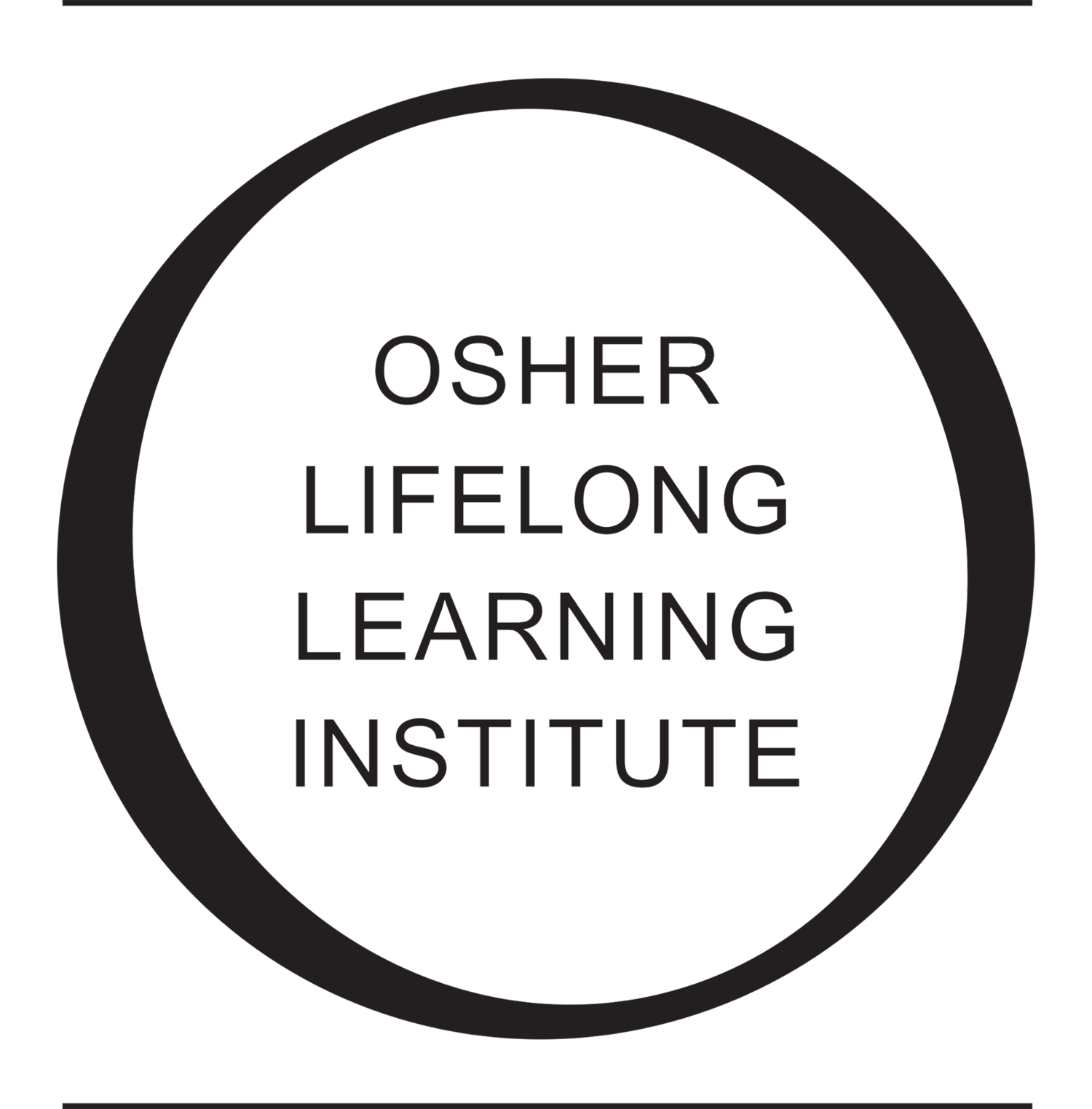
Can Osher Change Your Life?
By Stan Angrist
When I was 18 years old I contracted a mild case of polio which for a while left me with a slight limp and difficulty in swallowing—a condition called dysphagia. That was the summer of 1951, four years before the Salk vaccine became available. In less than a year, my symptoms disappeared and I forgot about having polio and lived a normal, active life—until about seven years ago. That is when I was visited by a condition now called “post-polio syndrome” in which some or all of the symptoms from years ago return. Alas, that is when my dysphagia returned with a vengeance. My swallowing became progressively worse and as a consequence I reduced the number of things I could eat.
I saw swallowing specialists and swallowing therapists. Nothing seemed to help and some things like tongue and jaw exercises made my swallowing worse. It wasn’t terrible but it wasn’t wonderful either. It was especially annoying when eating out whether at friends’ homes or in restaurants. I had to make very careful choices on what I could attempt to eat. A bad choice could lead to coughing, sometimes choking or spitting out what was in my mouth. Fortunately, I never have had to have the Heimlich maneuver done to me. My wife, Sarah, started making lots of chopped and pureed foods which are pretty much foolproof for swallowing. However, I once went to a polio support group in Western Pennsylvania that is populated by people with post-polio syndrome and found there are few with dysphagia but lots of survivors who are having a much worse life than I am--they find themselves back in wheelchairs after 60 years of active living. I resigned myself to a limited diet for the balance of my life.
Both my wife and I take Osher classes at CMU. Last spring, I took a course called “Write Your Own Obituary.” We only had 11 students in the course but had a wonderful time especially at the last class when we each read our obituaries aloud for fun and criticism. In that course, I met a student named Bea Carter. The next term, I took a course entitled “Closure: Writing the Last Chapter.” Bea also took that course.
In the last session, the instructor asked for volunteers to form groups to consider case studies and make recommendations to the patients and their families. The first case the instructor presented concerned an 85-year old man with dysphagia. I immediately volunteered for that group and so did Bea. When our group met I told Bea that I volunteered for it because I have dysphagia. Bea said she also has dysphagia. Then she turned to me and said, “Have you seen Dr. Luketich?” I said, no I haven’t, but I have heard of him. (Dr. James Luketich is chair of the Department of Thoracic Surgery at UPMC.) I thought he would be unlikely to be able to help me especially since, given his position, his recommendation would likely lead to surgery--a strategy I wasn’t particularly interested in pursuing. Bea said to me, quite firmly, “you should see him.”
I thought about what she said for a couple of days and made an appointment to see Luketich. Of course, I didn’t see him on my first visit--I saw one of his associates—Dr. Manuel Villa Sanchez. Before seeing him I had to have a barium swallow test which reveals pretty well what happens in the esophagus when you attempt to swallow. Dr. Villa Sanchez said that the next step was for me to have an endoscopy—a procedure that involves putting a small camera down the throat until it reaches the top of the stomach. The procedure is usually done under sedation.
While waiting on a gurney for the procedure to begin in the Same Day Surgery area at Presbyterian Hospital, Dr. Luketich, Dr Villa Sanchez, another surgeon and two nurses came to visit me. I think they were excited to see me because I am pretty sure they had rarely seen a post-polio syndrome patient. Dr. Luketich and I discussed swallowing strategies and he mentioned that in addition to the endoscopy he was going to dilate my esophagus. This involves putting a special tool down the throat into the esophagus to stretch it and break any lesions that may have formed. I explained I had had this done in November to no avail. He did not comment on that.
The procedure was done on July 18, 2018. Since then, I have seen most of my swallowing problems either disappear or improve to the point where I now consider my swallowing normal. In September, I saw one of Dr. Luketich’s associates in a follow up visit. I asked him how long did he think this benefit would last? Of course, no one can actually know for certain the answer to that question but he thought six to eight months. He also told me the procedure can be done as often as necessary. In the past month, I have eaten steak twice without difficulty—something I had not even considered doing in the preceding five years.
Meanwhile, I have been trying to distill some lessons from this experience. I do not think for a moment that I am due any credit for being smart. I do believe that I have been the beneficiary of monstrous good luck and outstanding medical care. I was lucky in many ways. I was lucky to be in a class with Bea who provided me the push to make an appointment. I was lucky to find a doctor who ignored my previous treatments and who had the skills to help me. And, of course, I was lucky to be able to attend Osher classes where you meet really smart people all the time who sometimes know what is good for you.
